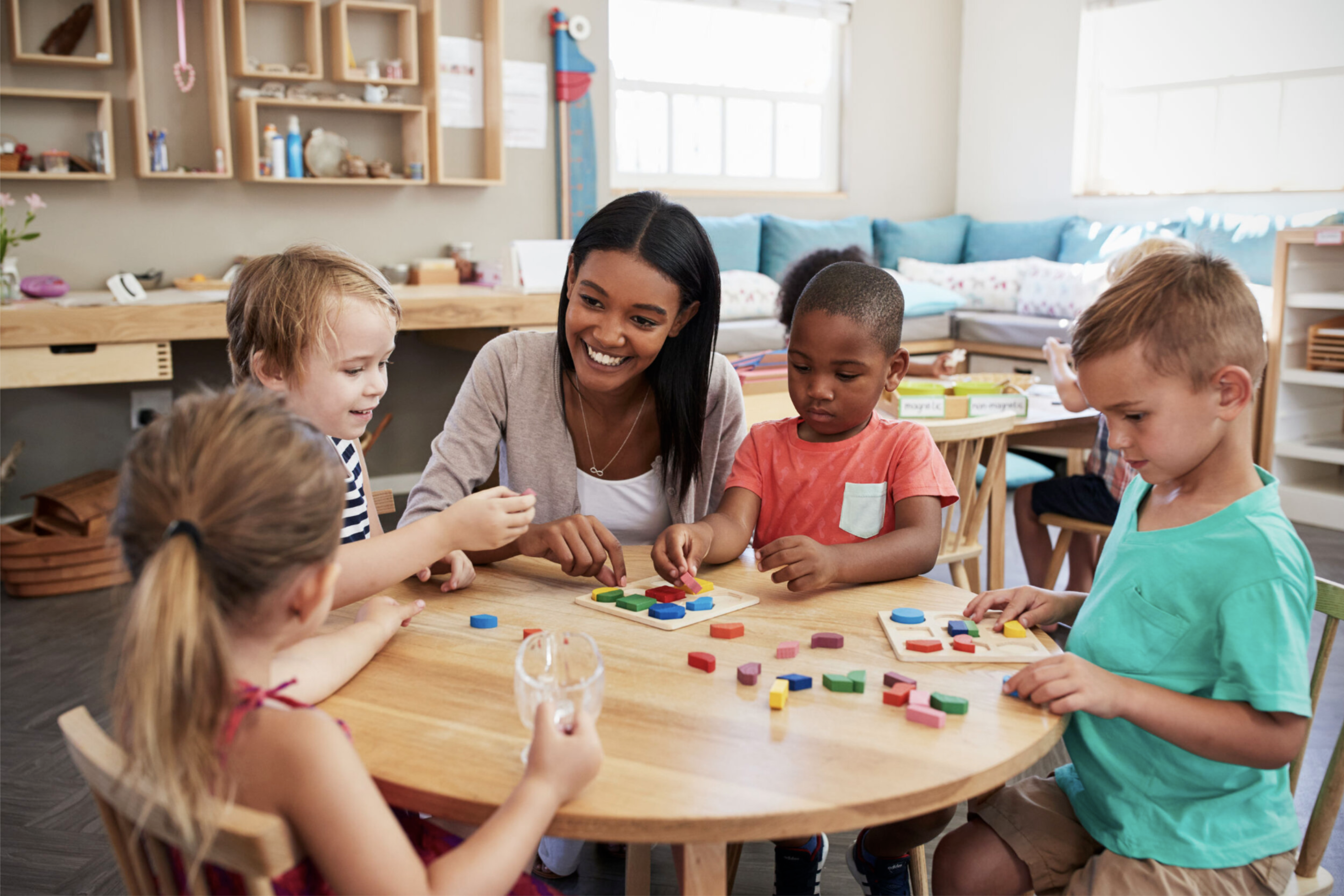
Teachers are incredible. You consistently go above and beyond in providing quality education for your students. Each day you take on the role of caregiver, advocate, cheerleader, guidance counselor, and mediator rolled into one... and now you do all of this while trying to keep yourself and those around you safe. And it doesn’t stop there-- in addition to everything you already do, you also play a critical role as the socializer of the children under your tutelage and care.

Teachers have feelings, too! It is important for your students to see that each and every day.
When teachers communicate their own emotions to their students, they model appropriate coping mechanisms, normalize discussions about emotions, and help students feel more secure in expressing and understanding their own emotionality moving forward.
The next time you feel frustrated because no one is listening, try sharing your feelings with the class. Ask them how it feels when they do not feel heard, and ask them to be part of solving the problem and finding a solution. Showing your students how you express your feelings constructively (i.e., channeling actions into words) will help to scaffold appropriate expression of their own feelings.

With so much on your plate, it can be tempting to respond with a simple “great job!” when a student shares their work or answers a question.
However, taking a few extra moments to engage and be intentional with your responses can have a tremendous impact on the children in your class, both with their security in participating and in their self-confidence, no matter their age.
Asking follow-up questions or making comments like, “tell me more about what you created,” or “how did you feel when that happened?” will not only show your students that you are invested in them, but also models appropriate conversations about emotions, and the importance of checking in with those emotions throughout the day.
When you make modeling conversations a normal practice, you may soon hear children share the thoughts and process behind their creations before you prompt them!
To see free examples of expert curated language that models appropriate conversations around emotions during lessons, check out the sample lesson on the ECL library.

Using language around making choices throughout the day is a great way to promote and encourage children’s growing autonomy. Being able to make independent choices can give the children in your class a sense of control and agency, something that may not always be consistent in their lives.
By modeling choice-making, narrating the emotions that arise from it, and allowing opportunities for your students to make their own choices, you are setting the stage for growth in their self-confidence and independence. Seeing how you feel and respond when making a choice can reinforce your students’ positive feelings around choice-making. Providing the context for students to make their own choices within the structure of the school day creates a safe environment for children to be independent.
Offering a choice during an emotional moment can even help with self-regulation!
Setting up a safe space in the classroom where students can go to practice self-regulation, and teaching children how to choose and use the tools in these spaces outside of a dysregulated moment can help children make better choices when they are in a dysregulated moment.
This year has presented more than its fair share of stressors and anxiety. It can be challenging to see caring for yourself as a priority.

Taking moments for yourself throughout the day is a priority, and modeling mindfulness at school will show your students that it is okay to take a break and rest when they feel overwhelmed. Starting the day by taking deep breaths as a class, allowing time for a stretch break, or even taking a pause to close your eyes for a few minutes are all ways to encourage mindfulness and tuning in to the present moment.
These four modeling tips can serve as a reinforcement for what you may already be doing or working on, and a reminder that teachers have an unparalleled power and opportunity to positively impact the learners in their lives. Teachers, you are incredible.
These Posts on begin to ECSEL
Housman Institute, LLC
831 Beacon Street, Suite 407
Newton, MA 02459
info@housmaninstitute.org
(508)379-3012
Explore
Our Products
Legal
Connect
Contact
Join our Mailing List!
Subscribe to receive our newsletter, latest blogs, and ECSEL resources.
We respect and value your privacy.
Comments (2)